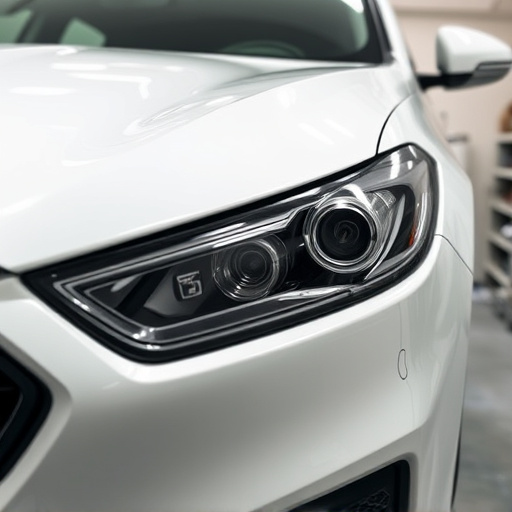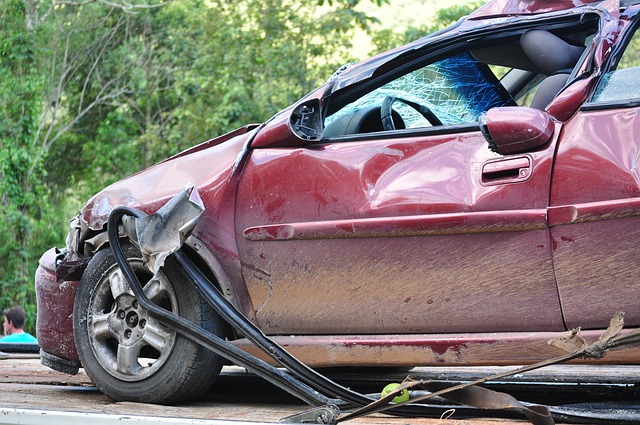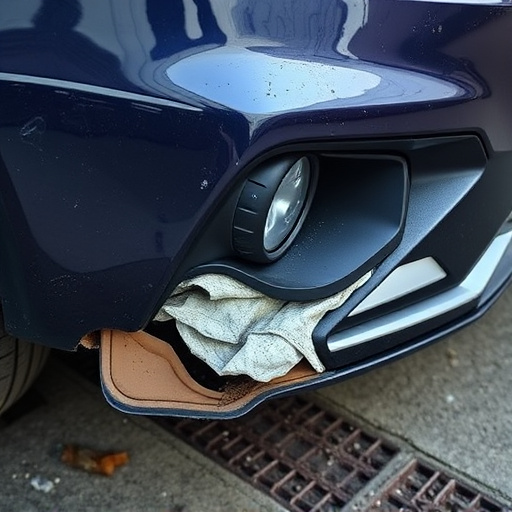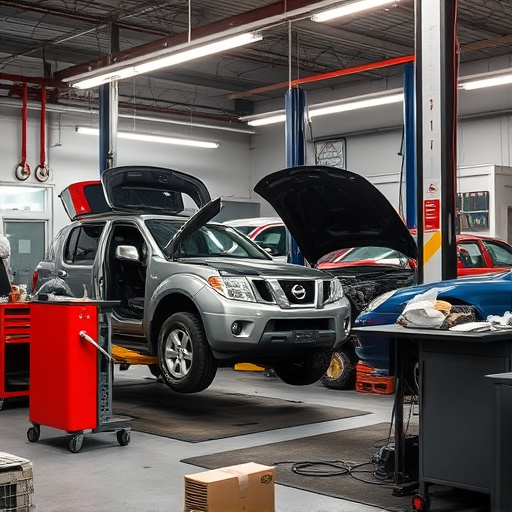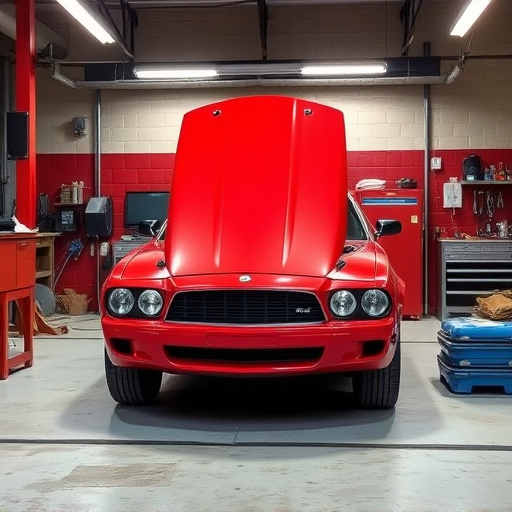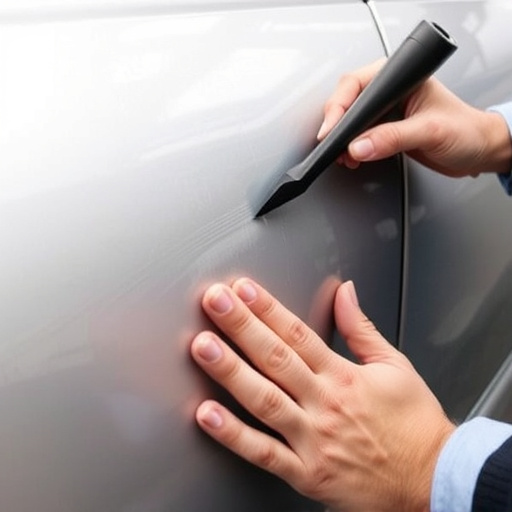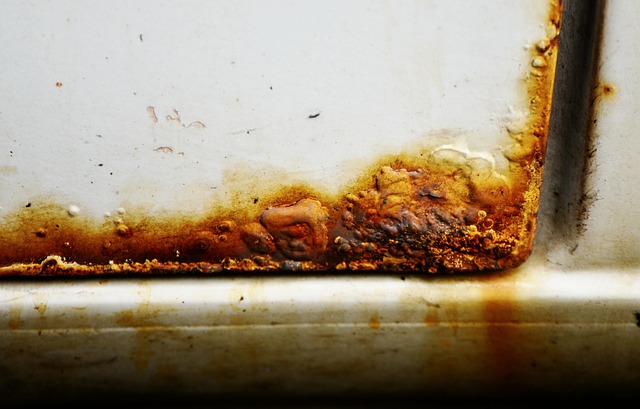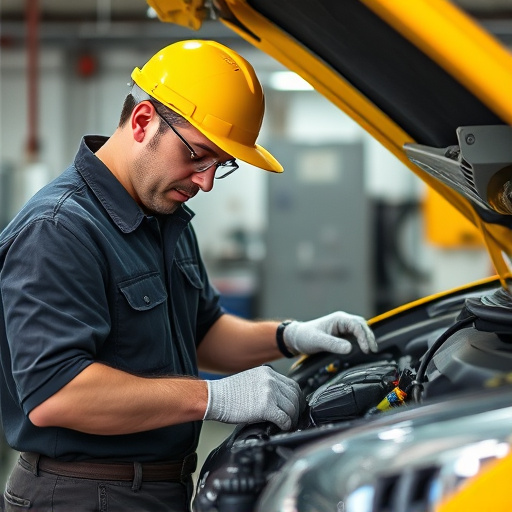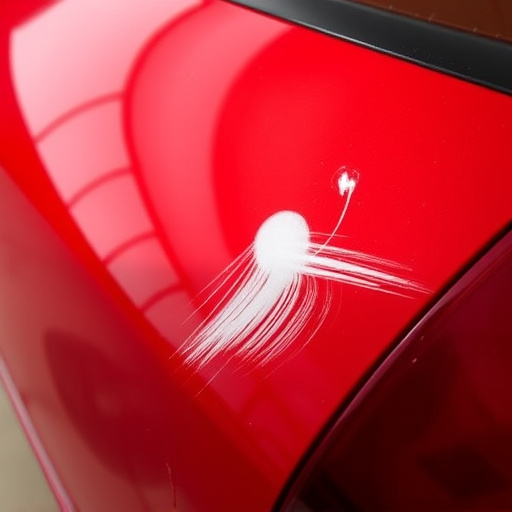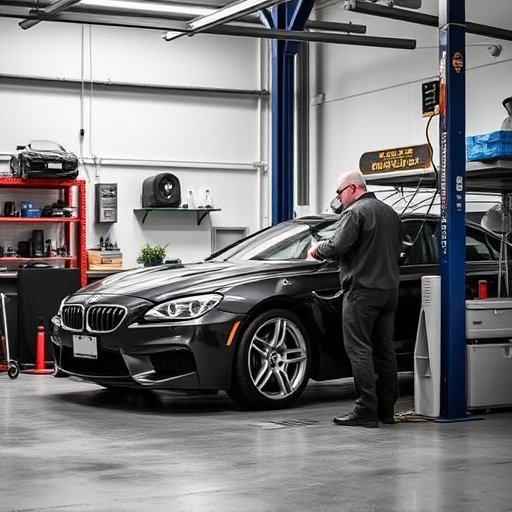Pre-delivery inspection is a critical process ensuring vehicles arrive in optimal condition, satisfying customers and streamlining repair services. Skilled technicians assess exterior and interior, identifying repairs to minimize post-delivery issues. Efficient turnaround times are crucial; standardized procedures, digital tracking, and staff training optimize the process for both collision repair and pre-delivery, enhancing overall vehicle quality and customer satisfaction.
In the dynamic logistics landscape, optimizing pre-delivery inspection and repair processes is paramount for ensuring timely deliveries and enhancing customer satisfaction. This article explores the intricacies of pre-delivery inspection (PDI) processes, highlighting critical areas that require meticulous attention. We delve into strategies to prioritize repairs effectively and offer solutions for streamlining turnaround times, minimizing delays, and maximizing operational efficiency.
- Understanding Pre-Delivery Inspection Processes
- Identifying Critical Repair Areas and Prioritization
- Strategies for Efficient Turnaround Times
Understanding Pre-Delivery Inspection Processes

Pre-delivery inspection is a critical process that ensures vehicles meet optimal condition before reaching their final destination or new owner. This thorough evaluation involves meticulous checks across various systems and components, from exterior aesthetics to interior functionality and mechanical integrity. It’s not just about identifying defects; it’s a comprehensive assessment aimed at minimizing unexpected repairs post-delivery, enhancing customer satisfaction, and maintaining vehicle value.
During this process, skilled technicians scrutinize everything from the car’s paint job to uncover any dents or scratches that could compromise its structural integrity, especially in luxury vehicles known for their meticulous craftsmanship. Similarly, they inspect mechanical parts like brakes, engines, and transmissions to ensure they operate seamlessly, avoiding costly repairs for buyers down the line. Effective pre-delivery inspection strategies not only benefit customers but also allow repair facilities to plan for potential workload shifts, streamlining their services and potentially reducing turnaround times for car damage repair or luxury vehicle repair.
Identifying Critical Repair Areas and Prioritization
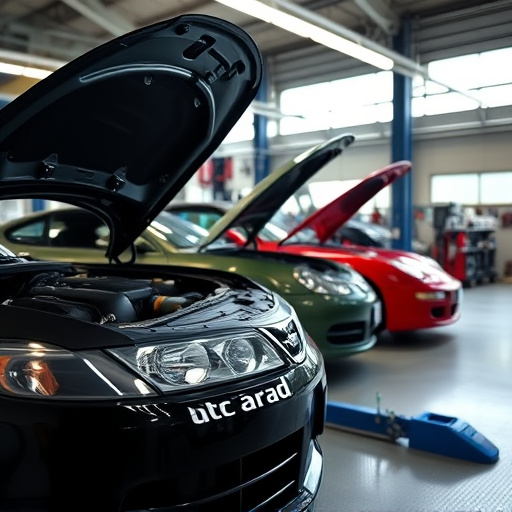
During a pre-delivery inspection, meticulous identification of critical repair areas is paramount. This involves a comprehensive assessment of various components, from exterior aesthetics to mechanical functionality. Key focus areas might include vehicle paint imperfections like car scratches and dents, as well as internal features such as lighting, trim, and operational systems. By pinpointing these areas early in the process, potential delays caused by unforeseen repairs can be minimized.
Prioritization is a crucial step following the identification of critical issues. Repairs should be categorized based on urgency and impact on vehicle performance. For instance, structural dents or mechanical failures would take precedence over cosmetic concerns like car scratch repair. This organized approach ensures that time and resources are allocated efficiently, optimizing the pre-delivery inspection and repair time frame.
Strategies for Efficient Turnaround Times
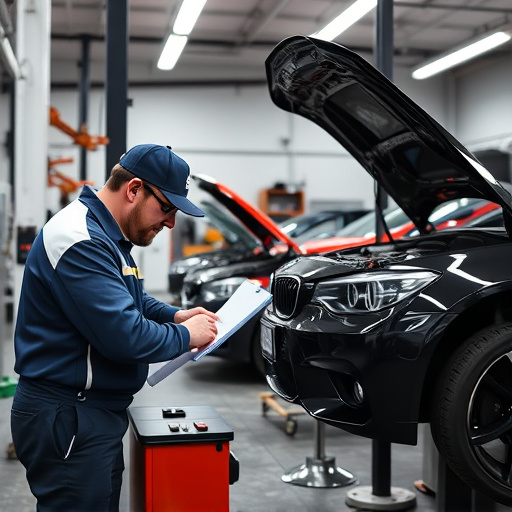
In the context of pre-delivery inspection, optimizing turnaround times for repairs is a strategic necessity to ensure smooth logistics and customer satisfaction. One key strategy involves establishing clear, standardized procedures for common issues, such as auto glass repair or collision damage repair. By documenting these processes, teams can streamline work, minimizing delays caused by uncertainty. Efficient inventory management, including readily available spare parts, further contributes to quicker turnaround times.
Additionally, implementing digital systems for tracking repairs and scheduling can significantly enhance efficiency. These tools enable real-time updates, allowing for better resource allocation and informed decision-making. Moreover, training staff on time management techniques and fostering a culture that prioritizes timely deliveries can lead to more consistent and optimized repair turnarounds in both automotive collision repair and pre-delivery inspection processes.
Optimizing the pre-delivery inspection (PDI) and repair turnaround time is essential for maintaining customer satisfaction and ensuring smooth operations. By understanding the PDI process, identifying critical repair areas, and implementing efficient strategies, businesses can minimize delays and enhance overall productivity. Effective prioritization and streamlined workflows are key to achieving faster turnaround times without compromising quality, ultimately leading to a more successful and competitive market position.
